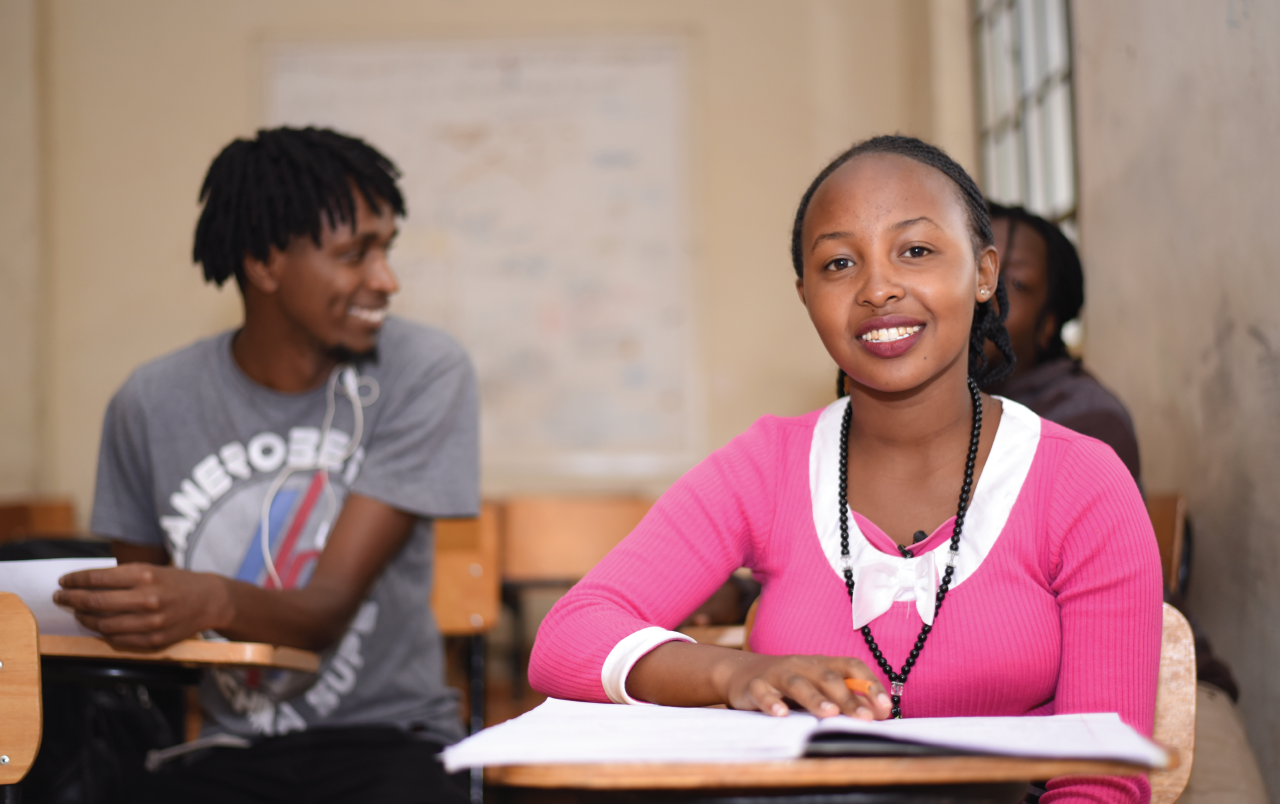An emerging challenge to "leave no one behind" in digital education involves implementing a gender approach.
University education can seem out of reach for many low-income students in Kenya. Often, they believe it is unaffordable and unattainable even if they qualify to enter university. It is no surprise that the proportion of students from the top socioeconomic quintile is 49 times larger than that of the bottom socioeconomic quintile. The higher education sector faces serious equity and financing challenges, many of which have been exacerbated by the Covid-19 pandemic. The situation could hamper the country’s achievement of Sustainable Development Goal 4 (quality education).
According to the UNESCO Institute for Statistics and the Global Education Monitoring Report 2021/22 published on World International Education Day, one in six families save to pay school fees, and 8% of households have to borrow money. They make up to 30% of Kenyan families.
More than 75,000 first-year university students are yet to receive state loans after the Higher Education Loans Board (HELB) ran out of cash. It puts their pursuit of higher education in jeopardy. Considering that most loan applicants come from poor households, they are in dire need of financial support to pay for tuition and upkeep.
HELB has blamed the Covid 19 pandemic for inadequate allocation and delayed disbursement of funds by the Exchequer to meet the demand for financing tertiary education. Recovering loans from previous recipients has proved to be a monumental challenge due to high cases of defaulters. HELB is supposed to be a revolving fund in which beneficiaries who have completed studies pay the loans back to support a new group of students. These hurdles impede the agency’s optimal work.
The Role of the Higher Education Loans Board (HELB)
Since its inception, the Higher Education Loans Board has financed more than 1,126,308 students for a cumulative nominal cost of Ksh.117.8 billion (USD 1 billion). Students enrolled in higher education in both public and private universities, technical training institutes, and polytechnics.
Financing higher education in Kenya plays a crucial role in equipping the fast-growing labour force with the advanced skills needed to transform the country into a middle-income economy as envisaged in Kenya‘s Vision 2030. Education is the bedrock of the country’s social and economic development. The focus on education as a capital good is related to the concept that skills and knowledge are, collectively, a form of production input, that is, capital embedded in people. The government should never lose sight of this.
Is Kenya on track to meet SDG 4?
The available statistics on education reveal that University enrollment in Kenya in the academic year 2020/21 increased to 546,699 from 509,468 in 2019/20. It represents a 7.3% annual growth. These figures clearly show a growing demand for higher education amongst Kenyans. However, delay in allocations is hurting students from low-income strata the most. It will have the unfortunate consequence of reversing the gains in making university education accessible.
Students have faced several challenges in obtaining education loans due to tedious requirements. One of them is a mandatory recommendation letter from the Chief (a local public administrator) to ascertain that the applicant is a resident of a particular geographical area and is a Kenyan citizen. In addition, the applicant is required to present: a Personal National Identification Card, a Personal Identification Number (PIN) provided by the Kenya Revenue Authority, Parent’s Identification Card, a Guarantor’s Identification Card, the payslips from parents, an affidavit from an advocate, and in some instances, a death certificate of a parent. These are burdensome and bureaucratic processes. It is a barrier that disproportionately affects poor students and those in marginalised areas, especially if their parents have informal jobs without payslips.
Improving access to higher education
Kenya’s access to higher education suffers due to inadequate funding and poor loan recovery rates. It is mainly due to a lack of solid loan recovery mechanisms and weak legal frameworks.
To counter this, HELB should diversify its funding sources by diversifying income generation activities, hence reducing its overdependence on the government. It should explore partnerships with potential financiers and investors in higher education, such as banks and the private sector.
HELB could also consider borrowing from international banks such as the World Bank. The Parliament should increase the budgetary allocation to HELB to match the growing demand. Also, they need to amend the grace period for HELB loan repayment to approximately five years after graduation. It would give beneficiaries ample time to stabilise financially.
Text editor: Gabriela Keseberg Dávalos


